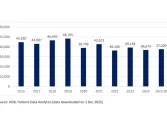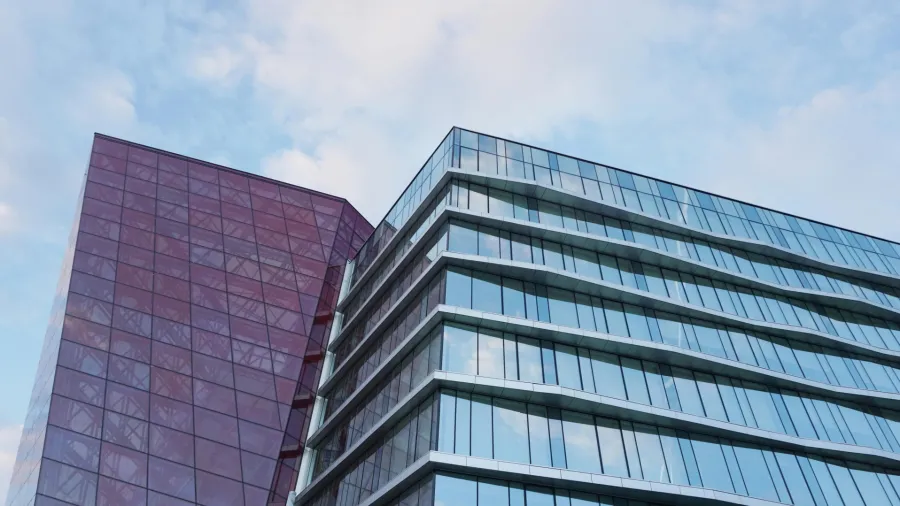
How to improve building energy efficiency
There are six steps to take to enhance energy-saving efforts.
Recognising and bridging the gaps are critical in achieving energy efficiency as Singapore gears up for the implementation of the Mandatory Energy Improvement (MEI) regime in the third quarter.
The new regime will require buildings with high energy usage to undergo mandatory audits and implement targeted improvements to raise energy efficiency. Cushman & Wakefield’s latest research, around 65 office buildings in Singapore will be covered by the policy.
According to the commercial real estate services firm, there are six practical steps to improve energy efficiency. These steps are divided into two classifications, identifying the gaps, and bridging them.
“Recognising areas of underperformance in your building’s energy consumption compared to that of similar buildings or industry-standard benchmarks. You can target specific areas for improvement and make informed choice to enhance building efficiency,” Cushman & Wakefield said.
“Bridging the gap between your building’s current performance and industry benchmarks through targeted measures to reduce energy consumption and ultimately, enhance your building’s sustainability performance,” it added.
First in spotting the gaps is preparing, which will need hiring experts for a detailed audit, gathering plans and records, and surveying tenants for usage patterns and concerns.
Developers then have to inspect the building systems by conducting a thorough audit. A baseline will then be set to measure progress by defining and comparing current energy use and efficiency with similar buildings.
“As a baseline requirement, buildings under the MEI regime must reduce their [energy use intensity] by at least 10% from pre-audit levels, which are calculated based on energy consumption data from the past three years,” the report read.
After identifying the voids, developers have to bridge them by analysing improvement opportunities. This can be done by identifying zero- or low-cost measures such as optimising heating, ventilation, and air conditioning schedules, and highlighting possible upgrades.
An implementation plan will then be developed that should contain a roadmap with clear targets, timelines, and parties who will have role.
“Prioritise measures or improvement projects based on impact and cost-effectiveness,” Cushman & Wakefield said.
To ensure compliance with the plan, real-time monitoring should be put in place, which should be supported by energy performance indicators to measure the effectiveness of measures or improvements, the report said.


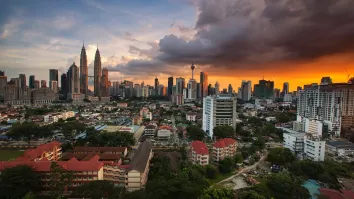
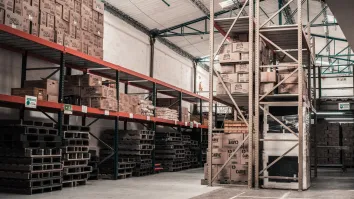


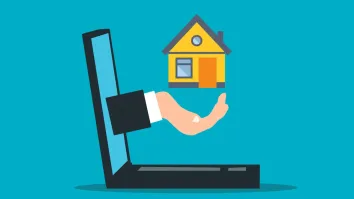
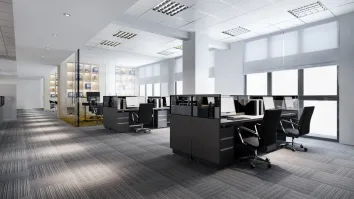
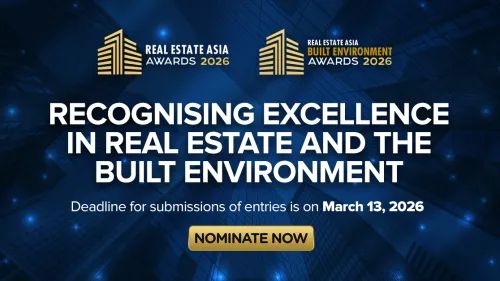
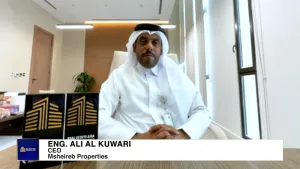

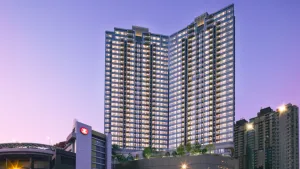
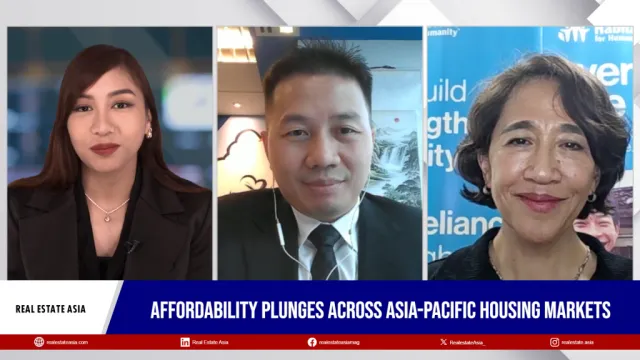
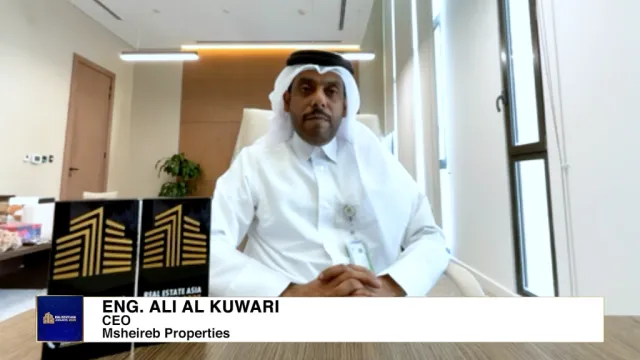
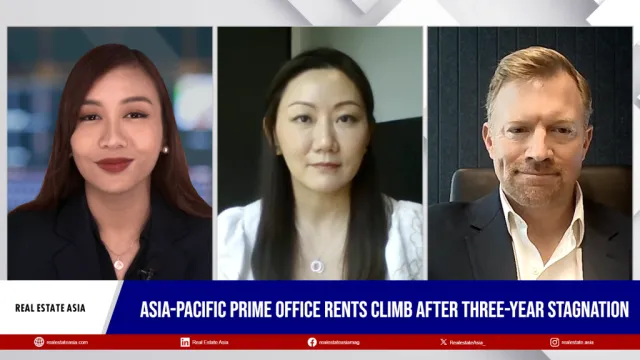
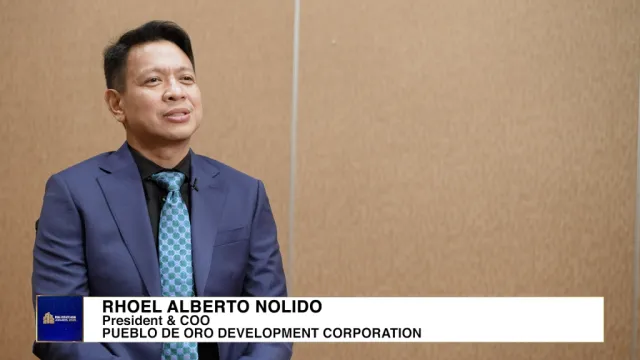
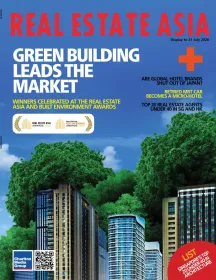
 Advertise
Advertise
